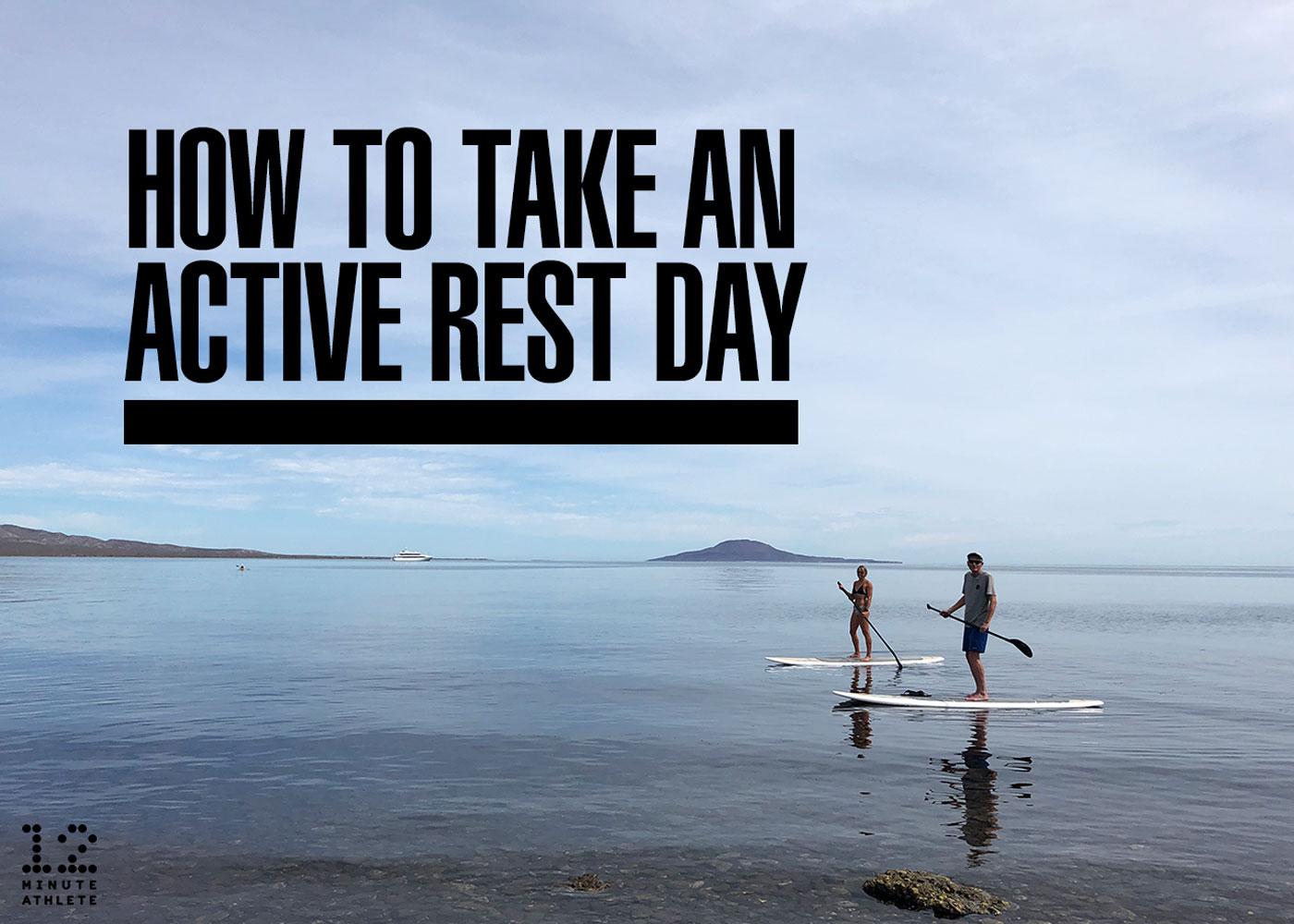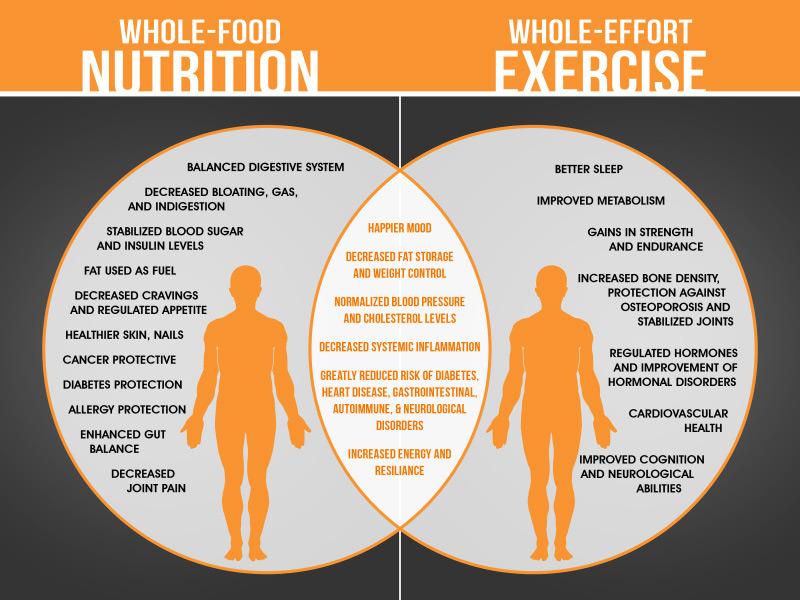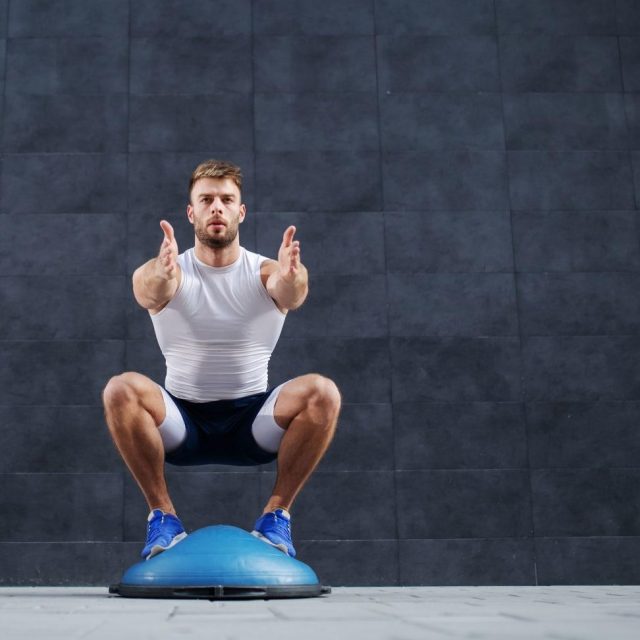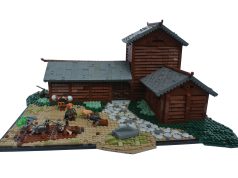In today’s fast-paced world, where the hustle and bustle often take center stage, finding the perfect balance between exercise and rest can feel like an elusive goal. Many of us are caught in the cycle of pushing our bodies to the limit, only to find ourselves worn out and wondering if we’re truly benefiting from our efforts. Understanding how to harmonize physical activity with adequate rest is crucial not only for achieving fitness goals but also for maintaining overall well-being. In this article, we will explore the best ways to balance exercise and rest, offering practical tips and compassionate insights to help you listen to your body and create a routine that nurtures both your physical health and mental peace. Whether you’re a fitness enthusiast or someone just beginning your journey, these strategies will empower you to make informed decisions that honor your body’s needs and foster a sustainable path to health.
Understanding Your Bodys Signals for Optimal Recovery
Listening to your body’s cues is essential for achieving the perfect balance between exercise and rest. Each individual has unique signals that indicate when it’s time to push harder or ease up. Recognizing these signals can prevent burnout and enhance your performance. Here are some signs to watch for:
- Fatigue: Persistent tiredness, even after a full night’s sleep, can indicate the need for a break.
- Soreness: While mild soreness is normal, severe or prolonged muscle pain is a signal to rest and recover.
- Decreased Performance: Struggling to meet your usual workout benchmarks may suggest that your body needs more rest.
- Mood Changes: Increased irritability or mood swings can be a sign of overtraining.
Balancing exercise and rest involves a mindful approach to your fitness routine. It’s not just about the hours you put in at the gym, but also about how you recover. To optimize your recovery process, consider integrating these strategies:
- Active Recovery: Engage in low-intensity activities like walking or yoga to keep your body moving without the strain of intense workouts.
- Sleep Quality: Prioritize good sleep hygiene to ensure your body repairs and rebuilds efficiently.
- Nutrition: Fuel your recovery with a balanced diet rich in proteins, healthy fats, and carbohydrates.
- Hydration: Maintain adequate fluid intake to support your body’s recovery processes.
| Body Signal | Recommended Action |
|---|---|
| Fatigue | Rest, hydrate, and consider a lighter workout |
| Soreness | Focus on stretching and active recovery |
| Mood Changes | Take a mental health day and reassess your workout intensity |

Crafting a Balanced Weekly Routine Tailored to Your Lifestyle
- Identify Your Priorities: Begin by recognizing what matters most to you. Whether it’s improving strength, enhancing flexibility, or simply maintaining overall wellness, understanding your priorities helps in designing a schedule that serves your needs. This self-awareness ensures you allocate the right amount of time to both exercise and rest, preventing burnout and promoting consistency.
- Listen to Your Body: Pay attention to how your body responds to different types of workouts and rest periods. Are you feeling invigorated or drained after a workout? Do you wake up refreshed or sluggish after a rest day? Tuning into these signals can guide you in tweaking your routine for optimal balance.
- Mix It Up: Incorporate a variety of activities to keep things interesting and engage different muscle groups. A balanced routine might include cardio, strength training, flexibility exercises, and mindfulness practices like yoga or meditation. This diversity not only makes the routine more enjoyable but also aids in comprehensive fitness.
| Day | Activity | Focus |
|---|---|---|
| Monday | Cardio & Stretching | Endurance & Flexibility |
| Tuesday | Strength Training | Muscle Building |
| Wednesday | Active Rest (Walking/Yoga) | Recovery |
| Thursday | HIIT | Intensity & Agility |
| Friday | Strength & Core | Stability & Strength |
| Saturday | Active Rest (Hiking/Leisure Sports) | Enjoyment & Light Activity |
| Sunday | Full Rest | Recovery & Relaxation |
Stay Flexible: Life is unpredictable, and your schedule should be too. Allow yourself the flexibility to adjust your routine as needed. If a day becomes too hectic, swap an intense workout for a calming yoga session or a leisurely walk. This adaptability ensures you maintain balance without feeling guilty about occasional deviations from your plan.

Incorporating Active Rest Days to Enhance Performance
Balancing exercise with adequate rest is crucial for achieving optimal performance and avoiding burnout. One effective strategy is to incorporate active rest days into your routine. Unlike complete rest days, active rest days involve engaging in low-intensity activities that promote recovery without putting too much strain on your body. This approach not only helps in muscle recovery but also keeps you mentally refreshed.
- Yoga or Stretching: Gentle yoga sessions or stretching routines can enhance flexibility and release muscle tension.
- Walking or Light Jogging: A leisurely walk or light jog increases blood circulation, aiding in muscle repair and reducing stiffness.
- Swimming: This low-impact activity provides a full-body workout while being easy on the joints.
- Cycling: A relaxed cycling session can boost cardiovascular health without overexerting your muscles.
Incorporating active rest days can also contribute to long-term fitness by preventing injuries and maintaining a balanced workout schedule. Consider the following benefits:
| Benefit | Description |
|---|---|
| Improved Recovery | Active movements help in flushing out toxins and lactic acid, accelerating the recovery process. |
| Mental Rejuvenation | Engaging in light activities can boost mood and reduce stress, leading to better focus in subsequent workouts. |
| Injury Prevention | By avoiding intense workouts, you reduce the risk of overuse injuries, keeping you consistent in the long run. |
Ultimately, by integrating these active rest days into your fitness routine, you’ll foster a sustainable approach to exercise, one that honors both physical and mental health.

Nourishing Your Body: The Role of Nutrition in Exercise and Rest
Understanding the intricate balance between exercise and rest is crucial for achieving optimal health. Nutrition plays a pivotal role in this equation, acting as the fuel for both your active and resting states. When you exercise, your body requires energy and nutrients to perform at its best and recover efficiently. Similarly, during rest, your body needs the right nutrients to repair tissues, build muscle, and replenish energy stores.
- Pre-Workout Fuel: Prior to exercising, focus on consuming carbohydrates and proteins. Carbohydrates provide quick energy, while proteins support muscle function.
- Post-Workout Recovery: After your workout, a combination of proteins and carbohydrates helps repair muscles and restore glycogen levels.
- Hydration: Always stay hydrated. Water is essential for maintaining energy levels and supporting recovery processes.
- Rest Days: Even on rest days, nutrition remains important. Consuming nutrient-dense foods supports ongoing recovery and prepares your body for future activities.
| Activity | Recommended Nutrients |
|---|---|
| Pre-Workout | Carbohydrates, Proteins |
| Post-Workout | Proteins, Carbohydrates |
| Rest Day | Vitamins, Minerals |
By mindfully integrating nutrition into your exercise and rest routines, you not only enhance your physical performance but also support overall well-being. Listen to your body and adjust your dietary intake to align with your fitness goals, ensuring that each meal serves a purpose in your journey towards a healthier lifestyle.








































